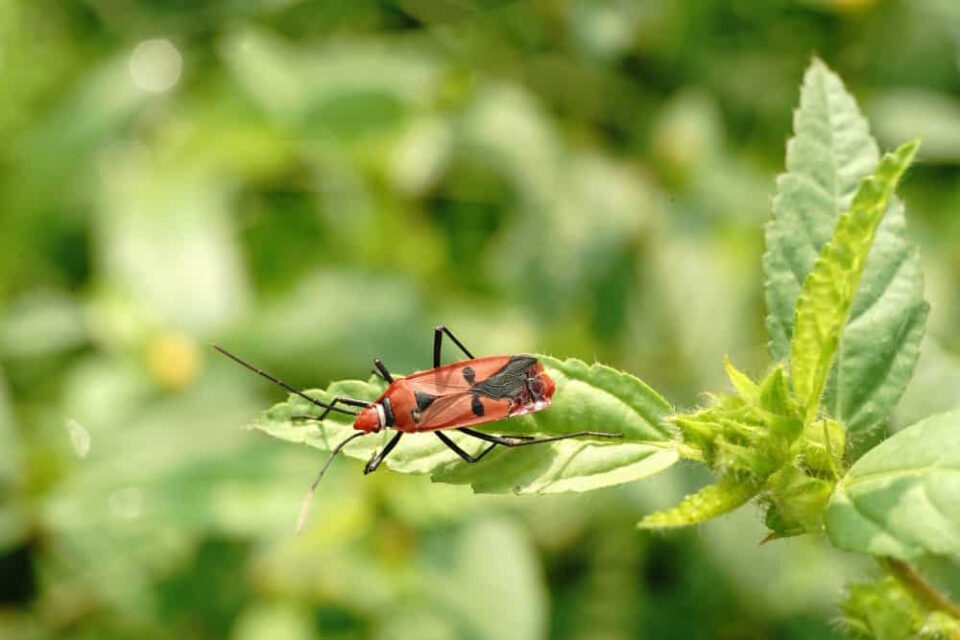Arizona’s unique climate and environment are home to a variety of pests that can become unwelcome guests in your home. From creepy crawlies to flying nuisances, understanding how to handle these pests can save you from damage and health risks. Here’s a list of over ten common pests in Arizona and effective ways to deal with them.
1. Scorpions
Identification: Scorpions are arachnids with a segmented tail ending in a stinger.
Handling: Keep your home and yard clean, seal cracks and crevices, and remove debris where scorpions can hide. Professional pest control treatments are recommended for severe infestations.
2. Termites
Identification: Termites are small, pale insects that feed on wood and can cause significant structural damage.
Handling: Regular inspections and treatments by pest control professionals can prevent infestations. Address moisture issues and remove wood-to-ground contact around your home.
3. Roaches
Identification: Cockroaches are large, brown or black insects that are often found in dark, moist areas.
Handling: Maintain cleanliness, eliminate food and water sources, and use roach baits or traps. Professional extermination may be necessary for persistent problems.
4. Ants
Identification: Ants are small insects that live in colonies and can quickly invade homes in search of food.
Handling: Keep food sealed, clean up spills promptly, and use ant baits or barriers to prevent entry. Identify and treat nests near your home.
5. Spiders
Identification: Common spiders in Arizona include black widows and brown recluses, which can be dangerous.
Handling: Keep your home clutter-free, use sticky traps, and seal entry points. Seek professional help for poisonous spider infestations.
6. Rodents
Identification: Mice and rats are common rodents that can cause damage and spread diseases.
Handling: Seal entry points, remove food sources, and use traps or bait stations. Professional rodent control services can effectively address larger infestations.
7. Bed Bugs
Identification: Bed bugs are small, reddish-brown insects that feed on blood and are often found in bedding.
Handling: Regularly wash bedding in hot water, vacuum frequently, and use bed bug covers on mattresses. Professional heat treatments or insecticides are often necessary.
8. Flies
Identification: Flies are small, flying insects that are attracted to food and waste.
Handling: Maintain cleanliness, use fly traps or zappers, and keep doors and windows screened. Dispose of garbage regularly and cover food.
9. Mosquitoes
Identification: Mosquitoes are flying insects that feed on blood and can transmit diseases.
Handling: Eliminate standing water, use insect repellent, and install screens on windows and doors. Consider professional mosquito control treatments for severe infestations.
10. Silverfish
Identification: Silverfish are small, wingless insects with a metallic sheen that are often found in damp areas.
Handling: Reduce humidity, fix leaks, and use dehumidifiers. Store food in airtight containers and use insect traps.
11. Crickets
Identification: Crickets are nocturnal insects known for their chirping sounds.
Handling: Keep your yard free of debris, seal cracks, and use sticky traps or bait. Professional pest control can help with large cricket populations.
12. Earwigs
Identification: Earwigs are small, dark insects with pincers on their abdomen.
Handling: Reduce moisture in and around your home, seal entry points, and use traps or insecticidal sprays.
13. Wasps
Identification: Wasps are stinging insects that can be aggressive, especially around their nests.
Handling: Remove nests carefully or hire a professional. Use wasp traps and keep food and drinks covered outdoors.
Conclusion
Dealing with pests in Arizona requires a combination of cleanliness, preventative measures, and, when necessary, professional pest control services. By identifying and addressing the common pests listed above, you can protect your home and maintain a comfortable living environment. Regular inspections and proactive measures will help you stay one step ahead of these unwelcome intruders.

